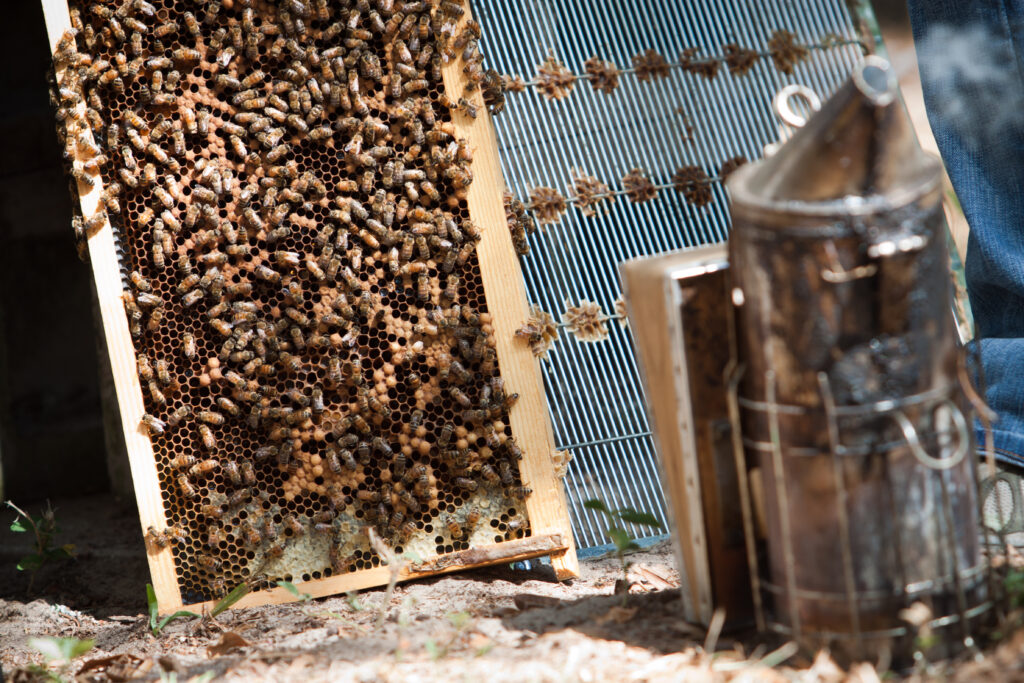The health of managed colonies of western honey bees (Apis mellifera) is a topic of international concern given the importance of honey bees to crop pollination, the overall function of natural ecosystems, and the improvement of human livelihoods through the sale of bee products. Honey bees host a suite of pests and pathogens, many of which can kill colonies outright. Knowing the global distribution of these pests and pathogens is key to developing strategies for their control and limiting their spread.
Nicola Bradbear (1988) and Andrew Matheson (1993, 1995, 1996) were first to publish reviews of the global distribution of honey bee pests and pathogens. Their work was updated several years later by Mark Allen and Brenda Ball (1996), who published information on virus incidence and global distribution, and by Jamie Ellis and Pamela Munn (2005) who expanded, updated, and consolidated the earlier reviews.
Led by Humberto Boncristiani and Jamie Ellis, members of the University of Florida Honey Bee Research and Extension Laboratory (www.ufhoneybee.com) published an update in the journal Bee World in 2020. The most significant change in this update was the development of a website (www.worldhoneybeehealth.com) that housed new distribution maps for each pest and pathogen.
In 2021, the World Honey Bee Health effort became a Task Force of the COLOSS Honey Bee Research Association (https://coloss.org/). We believe that the very heart of this effort is rooted in a core mission of COLOSS – to mitigate colony losses to stressors such as pests and pathogens. Now, members of this COLOSS Task Force can keep information on the worldwide distribution of honey bee pests and pathogens updated in real time. It is our hope that this online resource will make a significant contribution to the study of honey bee health globally. We especially hope that this website will be a valuable tool to scientists, regulators, industry officials, beekeepers, and more as we all work together to improve the health of this invaluable bee species.
HOW CAN YOU USE THIS SITE?
You can view pest/pathogen distribution data HERE and use the tables and maps on this website as open-source, citable information for your presentations, manuscripts, etc. See rules for open source use HERE. Soon, you will be able to help us improve this dataset by reporting any distribution errors you find and by proposing new country reports for a given pest/pathogen HERE.

